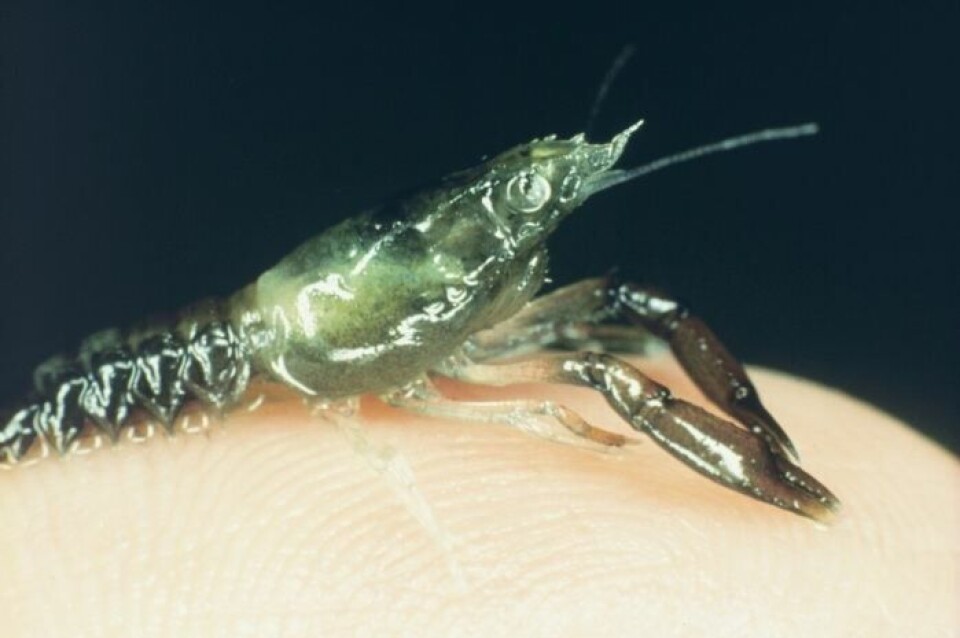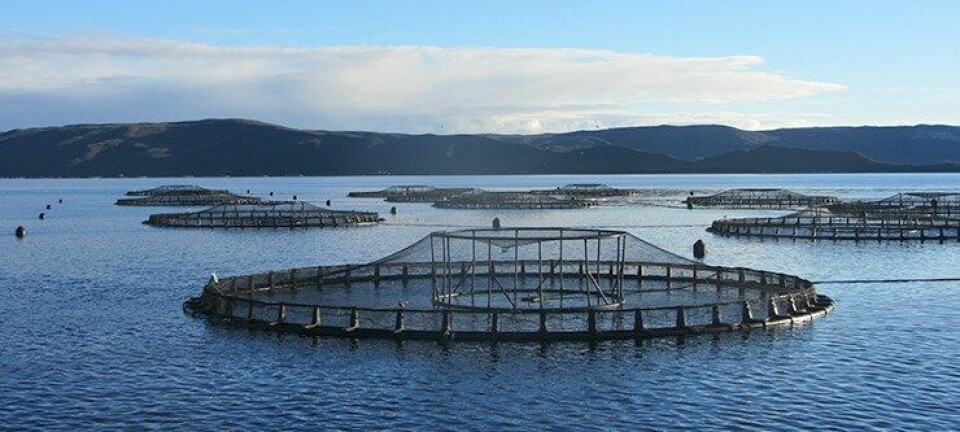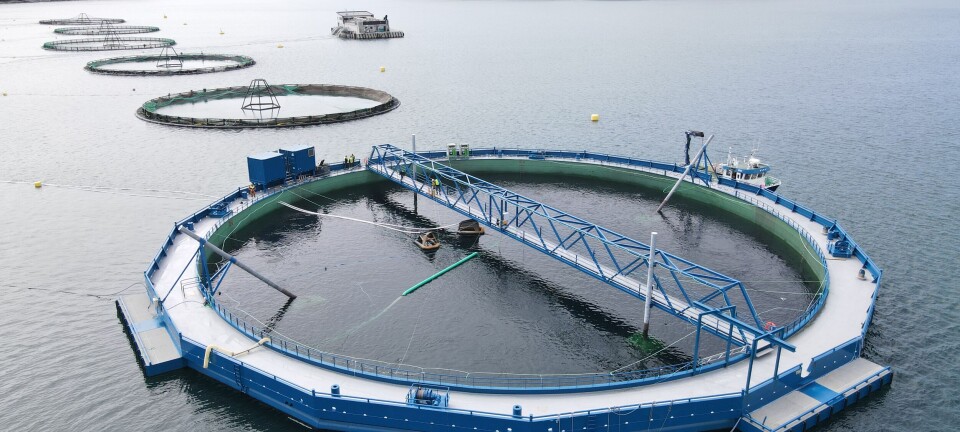
Hatchery lobster growing more popular
Canada: There is an increased interest in growing lobsters from based on seeds from hatcheries. Recently a large lobster company, Paturel, announced plans to build a Canadian lobster hatchery. The hatchery is expected to supply one juvenile lobster for every adult lobster the company sells.
Last month, the owners of the Red Lobster restaurant chain signed an agreement with the government of New Brunswick to help seed lobster juveniles.
A few years ago, Maine fishermen started a community based lobster hatchery to boost the future lobster population in the sea.
Recent signs indicate that the hatchery grown lobsters are thriving in the waters around New Brunswick. Scientists contribute the growing success to new and improved techniques. This could allow fishermen to significantly improve their catches and maintain and grow the nearly USD 1 billion lobster industry in Canada and the United States.
The first lobster hatcheries in the United States were started in the 1880s but these efforts were not very successful. Modern hatcheries use wild caught broodstock which produces between 10,000 and 50,000 eggs. When these eggs hatch into lobster larvae, they are raised in tanks for several weeks to improve their survival rate before being released into the wild.
There is still significant skepticism to lobster hatcheries. Many don't think it works. However, scientists say the answer is in the numbers. Larger numbers of juvenile lobster released will increase the numbers harvested. In 2004, a Shippagan, New Brunswick, hatchery released 50,000 juveniles at one site. Compared with a site where no seeding took place, scientists already see a fourfold increase in the number of young lobsters in the seeded location.
The demand for juvenile lobster in Atlantic Canada is far larger than the supply, indicating that more and more lobster fishermen believe in the seeding process.























































